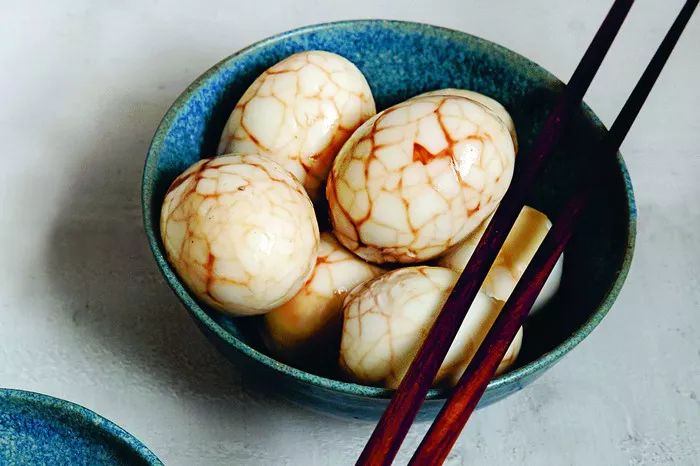If you’re a fan of the delightful and flavorful world of dumplings, you’re in for a treat. Homemade dumplings have a unique charm that’s hard to resist, but what if you find yourself with leftovers or want to prepare them in advance? Fear not! In this comprehensive guide, we’ll walk you through the art of storing homemade dumplings while preserving their mouthwatering taste and texture.
1. Chill Before Storage
Before you embark on the journey of storing your homemade dumplings, it’s crucial to ensure they are properly cooled. Allow your freshly cooked dumplings to rest at room temperature for about 15-20 minutes. This step prevents excessive condensation during storage, which can lead to sogginess.
Place on a Cooling Rack: Arrange your dumplings on a cooling rack to facilitate even cooling and airflow. This prevents the bottoms from becoming soggy.
Avoid Crowding: Make sure the dumplings are not overcrowded during cooling. Giving them a bit of space ensures they cool down uniformly.
2. Choosing the Right Containers
Selecting the right containers for storing dumplings can make all the difference in maintaining their taste and texture. Opt for airtight containers that keep moisture and odors at bay.
BPA-Free Plastic Containers: These containers are lightweight, stackable, and transparent, making it easy to identify the contents.
Glass Containers with Secure Lids: Glass containers are a fantastic choice as they are non-reactive and help in preserving the original flavors of the dumplings.
Vacuum-Sealed Bags: If you’re planning for longer storage, vacuum-sealed bags can be used to remove excess air, preventing freezer burn and maintaining freshness.
3. Refrigeration vs. Freezing
The decision to refrigerate or freeze your homemade dumplings depends on your timeframe for consumption.
Refrigeration
Short-Term Storage: If you plan to enjoy your dumplings within a few days, refrigeration is your best bet. Place the dumplings in an airtight container and store them in the fridge.
Consume Quickly: Remember, refrigerated dumplings should ideally be consumed within 3-4 days to ensure their optimal taste and quality.
Freezing
Long-Term Storage: For extended storage, freezing is the way to go. To freeze dumplings, place them on a baking sheet lined with parchment paper. Once they’re partially frozen, transfer them to a freezer-safe container or vacuum-sealed bag.
Label and Date: Don’t forget to label your containers with the date of freezing. Frozen dumplings can last for up to 2-3 months without compromising quality.
4. Defrosting with Care
When the time comes to savor your stored dumplings, proper defrosting is essential to retain their deliciousness.
Slow Thawing in the Fridge: Place the frozen dumplings in the refrigerator overnight to allow gradual thawing. This prevents moisture loss and maintains the dumplings’ integrity.
Steam or Pan-Fry: Once thawed, steam or pan-fry the dumplings to restore their enticing texture. Avoid microwaving, as it can result in uneven heating and make the dumplings mushy.
5. Reheating for Perfection
Reheating your stored dumplings requires finesse to ensure they taste just as amazing as when they were freshly made.
Steaming: Steaming is a gentle method that helps preserve the dumplings’ moisture and flavors. Steam them for 5-7 minutes or until heated through.
Pan-Frying: Achieve a delightful crispiness by pan-frying the dumplings. Heat a non-stick skillet, add a bit of oil, and pan-fry until golden brown.
Avoid Overcooking: Whether steaming or pan-frying, avoid overcooking, as this can lead to dry and rubbery dumplings.
Conclusion
In the realm of culinary pleasures, homemade dumplings stand as a testament to craftsmanship and creativity. By following these expert tips on storing, thawing, and reheating, you can extend the joy of your homemade dumplings without compromising on taste and texture.























